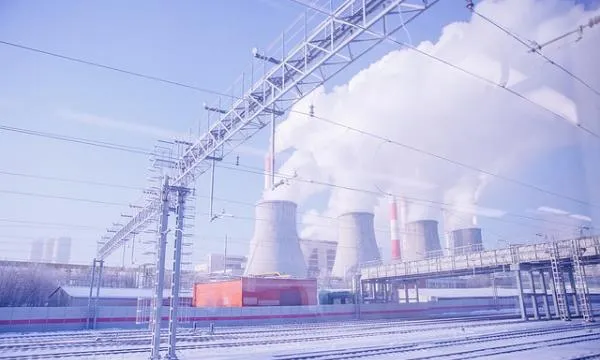
Uncertainties loom over Southeast Asia's thermal coal sector
The region could follow after the global deflation in renewable tariffs.
Despite the positive medium-term outlook for thermal coal in Southeast Asia, the expectations for sustained decades-long growth for coal power generation is uncertain, according to the Institute for Energy Economics and Financial Analysis (IEEFA).
“There are an increasing number of technology, economic and financial headwinds which suggest the growth profile for coal is far less certain. The global deflationary renewable energy trends make this an ever more significant competitive pressure,” IEEFA’s director of energy finance studies Tim Buckley said.
Also read: Coal tipped to stay in Asia despite weakening Japan support
Informing this is the strong deflation evident in renewable energy tariffs globally over the last decade, which is expected to spill over into the coming decade. This has been the case except for Southeast Asia. Still, markets can quickly adjust to take advantage of the right government policy changes, the report said, with Indian wind and solar tariffs shrinking 50% in 2017, and Chinese solar tariffs falling 40% in 2019 alone.
“Even where government policies are not supportive, finance can very quickly leverage this technology disruption, as Australia saw with solar tariffs dropping 70% in the three years from 2017 to average below $30/MWh by 2019,” Buckley noted.
Also playing a role is the impact of policy measures to address chronic air pollution. China has backed off their war on air pollution, but Taiwan and South Korea have taken up the mantle. South Korea, on the other hand, has dramatically stepped up their coal tax.
Energy security is also considered a factor. Assuming that emerging markets will see strong economic growth post-pandemic, this will translate to a rise in energy demand.
Additionally, offshore wind offers an opportunity to build domestic energy capacity. Though not yet commercially viable in India, the growth aspirations for it in Taiwan have illustrated that it could be one of the largest new power sources in the markets in 15 years.
There has also been a rapid shift in global financial markets away from coal mining and coal-fired power plants. IEEFA has found 134 big financial institutions that have introduced formal coal restrictions, divestment or exclusion policies.
IEEFA noted that this will have a long-term impact on the thermal coal export industries of Indonesia and Australia. “Future increases in coal demand in Southeast Asia look increasingly unlikely to offset the coming import declines in Japan, China, South Korea and Taiwan,” the report added.



















 Advertise
Advertise







